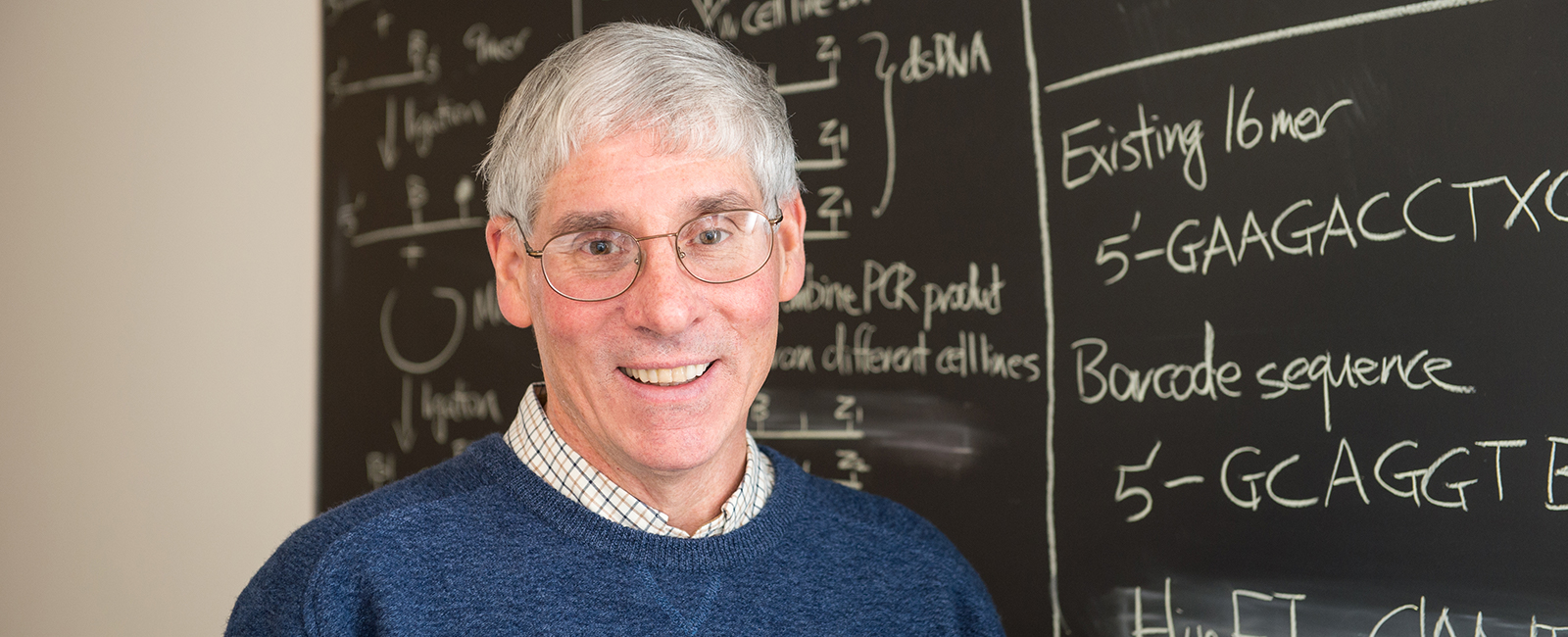Our research focuses on how cells respond to DNA damaging agents. When cells are exposed to radiation, certain chemicals (including nearly all carcinogens) and some antitumor agents, the normal nucleotides of the genome become chemically altered to form covalent adducts. John Essigmann’s research focuses on how repair enzymes remove structural damage from DNA and on how the adducts that evade repair either kill cells or induce mutations and cancer. Our studies on mutagenesis typically start with the synthesis of an oligonucleotide containing a DNA adduct that has not been studied before from the biological perspective. Recombinant DNA techniques are then used to insert the modified oligonucleotide into the genome of a virus at a preselected site. The modified genome is then introduced into cells, where the DNA replication and repair systems act upon the single DNA adduct. Progeny DNA molecules are isolated, and the appropriate area of the genome is sequenced in order to establish the nature and frequency of the mutation(s) induced.
Work on the mechanisms of antitumor drug action focuses in part on cis-diamminedichloroplatinum(II) (cisplatin), which binds to DNA to form adducts that block the enzymes associated with tumor cell DNA replication and transcription. We discovered that the transcription factor hUBF, which controls rRNA production, binds tightly to the major DNA adduct of cisplatin. The Kd of this association is in the pM range, which is within threefold of the binding affinity of hUBF for the rRNA promoter. Current efforts are aimed at establishing whether cisplatin adducts act as decoys that disrupt transcription of the rRNA gene and other genes regulated by related transcription factors.
The third area of research in the Essigmann laboratory concerns the synthesis of programmable therapeutics. Bifunctional molecules are being prepared in which a DNA damaging warhead is linked to a molecular recognition domain for proteins that are over expressed in tumors (e.g., steroid receptors). Following DNA damage, the molecular recognition domain attracts the over expressed nuclear proteins. The formation of the protein-adduct complex sterically hinders the repair of the adduct, causing the adduct to persist and enhancing the likelihood that it will kill the cell. In non-tumor cells, adduct repair is rapid and hence those cells suffer less toxicity. Molecules have also been designed to alter the ability of specific transcription factors to function normally. In cancer cells, many transcription factors are over expressed and they are therefore targets for this therapeutic strategy. Because the protein recognition domain can be tailored to attract many different tumor specific proteins, the general approach has been termed “fatal engineering.” Out of these efforts, molecules that have shown promise in vivo against breast and prostate cancer have been evolved. The one developed against prostate cancers is of particular interest because it circumvents that apoptotic blockade that typically protects prostate cancer cells from therapeutic alkylating agents.

